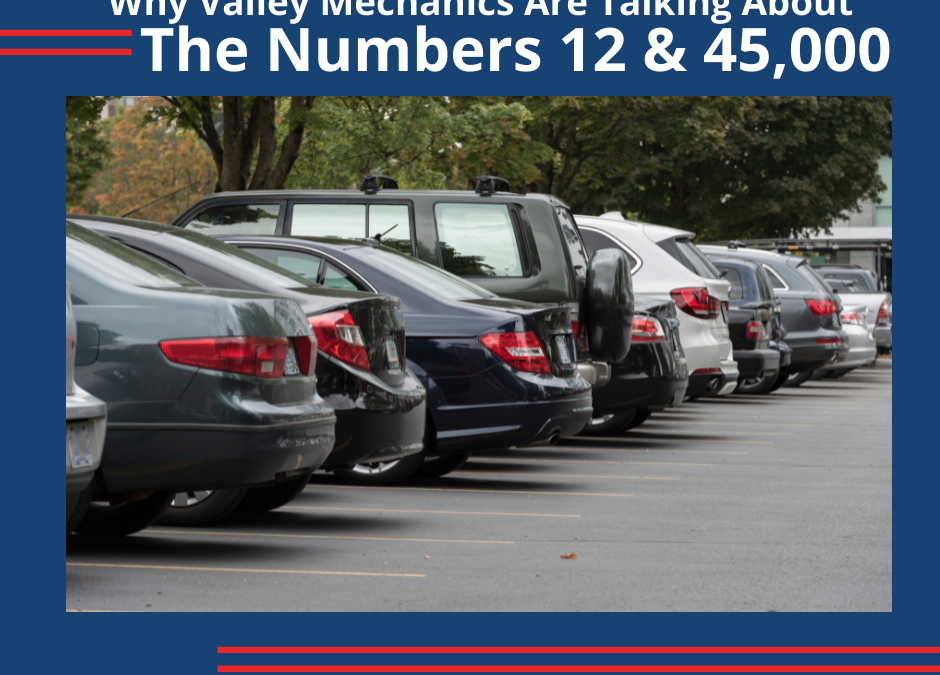As consumers, sometimes we don’t quite understand certain industry jargon, especially when it comes to auto repair. Sometimes, it might seem as if your mechanic is speaking another language entirely!
So, to avoid some confusion, we thought we’d help you decipher some common industry terms. In this two part post, we explain what some common, and not so common, terms mean, and in some cases, offer tips or suggestions.
Aftermarket Part – In the world of auto repair, this means a legitimate or generic replacement part that was not made by or for the original equipment manufacturer (OEM). Often, aftermarket parts cost less, but quality can sometimes come into play and become an issue.
Air Flow Sensor – Also called Mass Air Flow Sensor or MAF Sensor, this is part of your engine’s fuel injection system. It is located inside the intake air duct between the air filter and the intake manifold. The MAF Sensor measures the amount of air that enters the engine.
Ball Joint – This part is almost always in your car’s front suspension and often, cars have two each. If the ball joint is worn, your steering control can be affected and you will probably hear a knocking sound if you drive over a bump in the road. If it’s not taken care of, it will eventually separate and cause a total loss of steering.
CV Joint – This stands for Constant Velocity joints. Front-wheel and all-wheel drive vehicles have CV joints on both ends of each driveshaft (a driveshaft is a long round shaft, usually made of steel, that from the engine to gears that helps turn the wheels of a vehicle). The CV Joints allow torque delivery to both front wheels during a turn. You’ll know if you’re CV joint is damaged because it will make a clicking noise when you make a tight turn.
NARPRO helps consumers find top, independent and honest auto repair shops and competent auto body shops near where they live, work or travel. Click here to find auto repair shops or auto body shops in your area.







